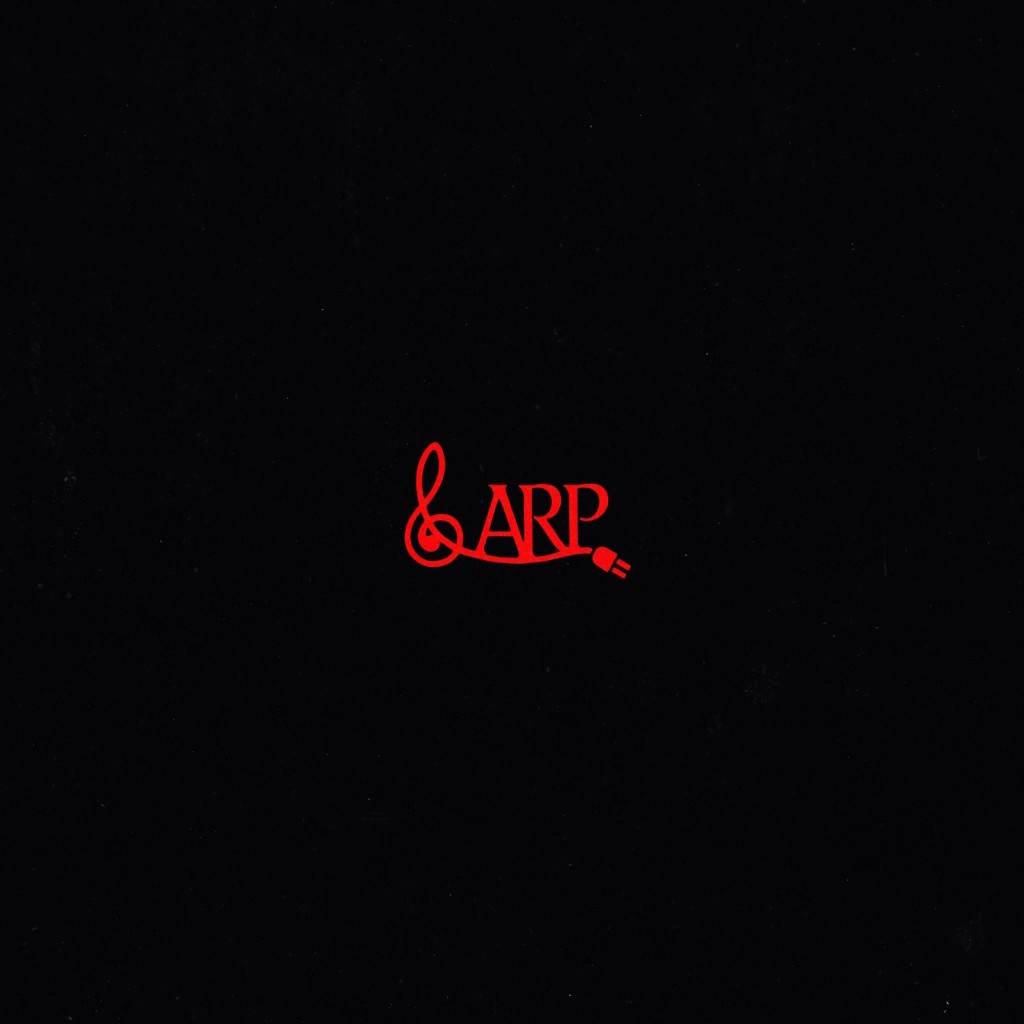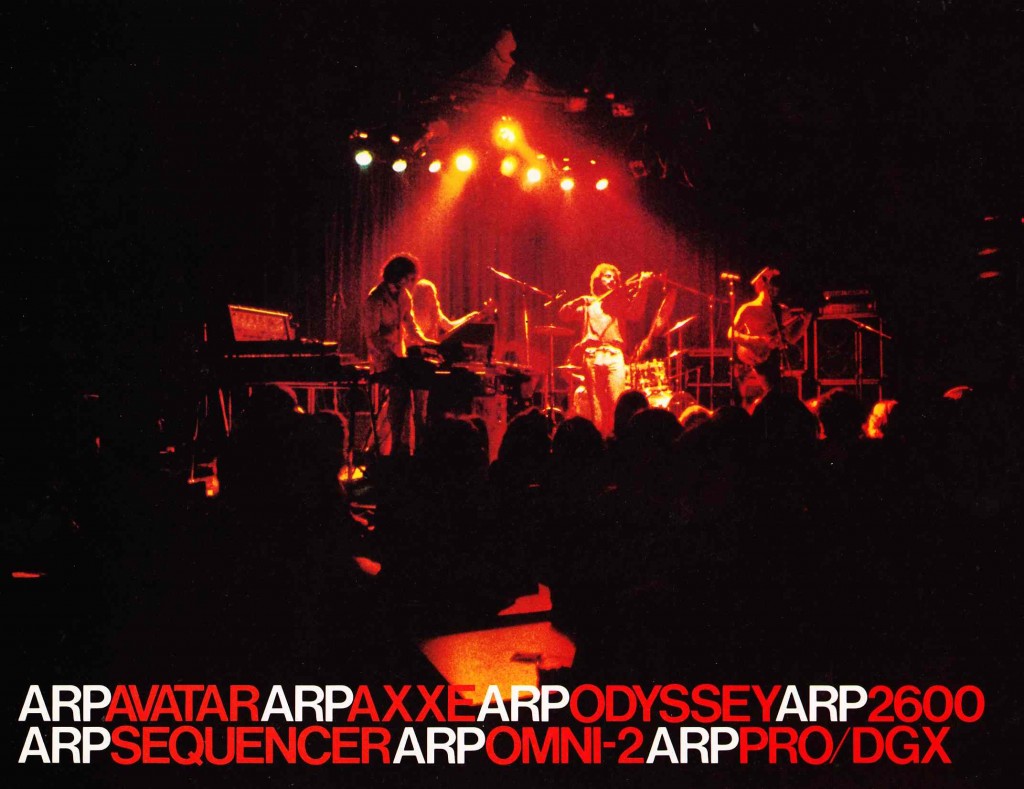 Download the twenty-page c.1977 ARP Instruments, Inc. catalog:
Download the twenty-page c.1977 ARP Instruments, Inc. catalog:
DOWNLOAD: ARP_1977_Catalog
Products covered, with text, specs, and photos, include: ARP Avatar Guitar Synth, ARP Axxe, Odyssey, and 2600 modular-style synth; ARP Sequencer; ARP Omni-2 and PRO/DGX preset synths.
 ARP can be considered the ‘other’ Moog of the 1970s. Similar product lines, pricing, and appeal; in my limited experience, ARP synths are of similar sonic potential.
ARP can be considered the ‘other’ Moog of the 1970s. Similar product lines, pricing, and appeal; in my limited experience, ARP synths are of similar sonic potential.
I studied electronic music extensively in college; the program had a nice selection of pieces going back to the early 70s; the big daddy of which was an ARP 2600. It still sounded great 25 years after it rolled out of the factory.

2 replies on “ARP Synthesizers Full-Line Catalog 1977”
ARP lies! The catalog section on the Sequencer states that it was used by Peter Townshend for The Who’s “Won’t Get Fooled Again”, but that is not correct. The iconic “sequencer” track was actually played on a Lowery organ, fed through and EMS VSC3 synth console, to apply a “tremolo” effect by pulsing the VCA with an LFO square wave, along with a slow low-pass VCF sweep using a second LFO. In fact, don’t trust me – here’s a video of Pete demonstrating exactly how he did it:
https://www.youtube.com/watch?v=vEPSruBdSqk
Pete didn’t get his ARP synths until after the making of “Who’s Next”, but he did use a 2500 and a 2600 extensively on “Quadrophenia”.
When I worked selling synths in the late 70s-early 80s, one of my co-workers, Bill Wentz, used to work for ARP as a product specialist and demonstrator. He told me that the reason ARP had such an impressive users list is that they gave them away “by the truckload”, as Bill put it. If you had a record contract, ARP would just give you an Odyssey. If you were a big star like Peter Townshend or Stevie Wonder, they’d throw in a 2600 and a Sequencer. They’d also send someone like Bill to teach you how to use them. The only thing they asked in return was to use your name and likeness on a players list in their advertising. ARP considered it part of their promotion budget.
ARP kicked Moog’s butt in sales for a few years with this policy, so it was well worth it. They were riding high until the Avatar guitar synth debacle. If they had put their resources toward the Chroma polysynth project instead of the overpriced and barely functional Avatar, they, like E-Mu, might still be around today.
* VCS3